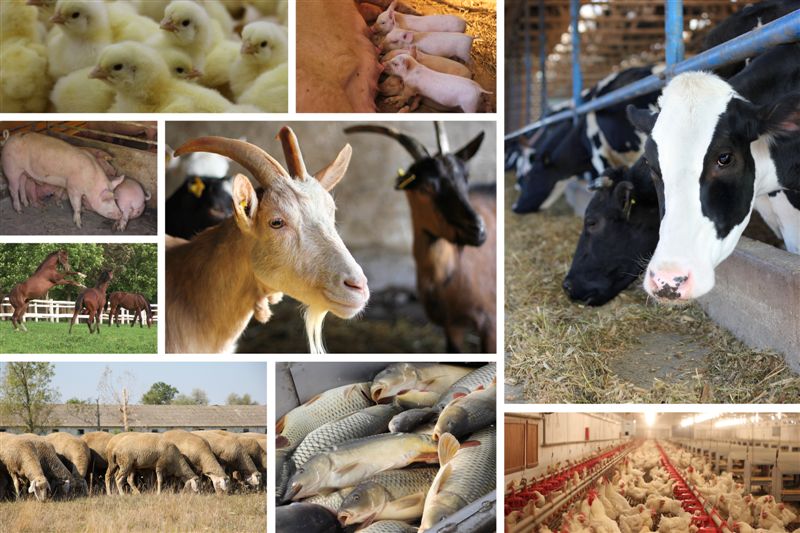Global animal production to grow 14% in the next decade

Global animal agricultural production, including seafood, will grow by 14% over the next 10 years as people worldwide are expected to eat more animal products, with growth anticipated to be 6% per capita.
This forecast has been made by the Food and Agriculture Organization of the United Nations (FAO) and the Organisation for Economic Co-operation and Development (OECD) in a report of future food production and food demand through 2034.
Animal product consumption will increase, particularly in emerging countries with growing prosperity. However, this consumption will remain highest in high-income countries. In the poorest regions, animal product consumption will remain low.
It is expected that over the next 10 years, meat, fish, and dairy consumption will increase by 13%. As with per capita consumption, growth is expected primarily in middle-income countries, where both population and prosperity are rising sharply.
In these countries, half of the growth is attributable to population growth, the other half to increased per capita consumption. In poor countries, per capita consumption will not increase, but total consumption will, as a result of population growth.
Another striking aspect of the analysis is the increasing transport of food. In 10 years’ time, 22% of all calories consumed will be imported from abroad. The need for transport is therefore increasing because production increasingly takes place far from the place of consumption. The report’s authors emphasise that this only increases the importance of international cooperation.
The increased production is partly achieved through increasing productivity per animal and per hectare. New technology, but also capital investments and more intensive use of fertilisers and supplementary feed, particularly in the mid-sized countries, are seen as the main drivers. However, expansion of agricultural land area is also expected, particularly in Africa and South Asia, where access to modern technology remains limited.
Greenhouse gas emissions from primary agriculture are expected to increase by 6%. This is less than the growth in production. Emissions per kilogramme of product will decrease. Meanwhile, experts believe that there is room for improvement. If available low-emission methods are applied, a 15% productivity increase is possible combined with a 7% reduction in emissions.
For almost 30 years of expertise in the agri markets, UkrAgroConsult has accumulated an extensive database, which became the basis of the platform AgriSupp.
It is a multi-functional online platform with market intelligence for grains and oilseeds that enables to get access to daily operational information on the Black Sea & Danube markets, analytical reports, historical data.
You are welcome to get a 7-day free demo access!!!
Read also
Registration for BLACK SEA GRAIN.KYIV goes on – join with Early Ticket by Ja...
Dry weather hits Argentina’s corn crop
Spain cuts orange supplies due to low harvest
Oilseed processing in Ukraine has reached its peak in recent years thanks to expor...
China Updates Registration Rules for Foreign Food Manufacturers
Write to us
Our manager will contact you soon



